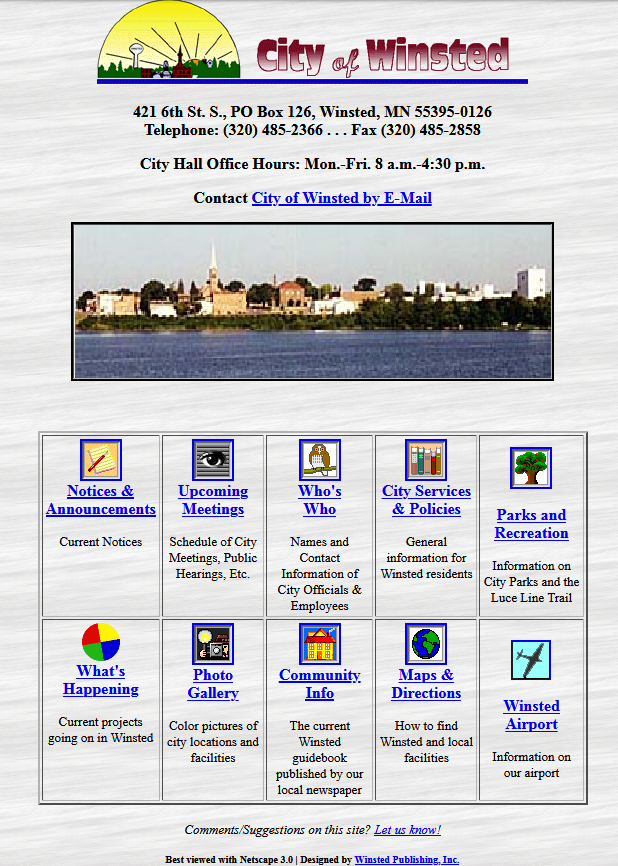© Mark Ollig
Before 1956, a person talking on the telephone with someone in Europe had their voice transmitted across the Atlantic Ocean through radio waves.
On Oct. 21, 1915, an American Telephone and Telegraph Company (AT&T) engineer from Arlington, VA, made the first transatlantic radiophone voice communication to listeners at the Eiffel Tower in Paris, France.
“Hello, Paris! Voice Heard Across Sea” is The Minneapolis Morning Tribune newspaper’s headline on Oct. 22, 1915.
“Arlington, VA, talked by wireless telephone with Paris, France, yesterday. The human voice had been successfully projected across the Atlantic was made last night,” the newspaper wrote.
“To Benjamin B. Webb, a telephone engineer fell the honor of being the first man to span his voice the space between the Old World and the New. At the Paris end of the wireless radiation were [engineers] Herbert E. Shreeve and Austen M. Curtis, and a group of French officers, listening with specially designed [radio receiving] apparatus,” said the article in The Minneapolis Morning Tribune.
The radiophone message from The United States to France was, “Hello, Shreeve! Hello Shreeve! One, two, three, four; one, two, three, four. Good-bye.”
According to the Minneapolis newspaper, Webb’s message was distinctly heard by Shreeve and the others in Paris, some 3,832 miles away.
On Jan. 7, 1927, transatlantic radio-telephone service began between the US and England, Scotland, and Wales with 12 radio channels. The cost was $25 per minute.
To make an international phone call, you would call your local operator, who would transfer you to a traffic operator. Then, that operator would contact the transatlantic operator to set up the radiophone call.
The first commercial transatlantic radiophone call lasted five minutes from New York to London.
On Jan. 7, 1927, the Minneapolis Star wrote that making a phone call across the ocean was “A new era in communications.”
On Jan. 16, 1927, the Minneapolis Sunday Tribune reported, “The first week’s activities of the new trans-Atlantic radio telephone service closed today with 125 completed conversations between individuals in New York City and London.”
On March 30, 1927, the Brainerd Daily Dispatch published a photograph of the expansive RCA six-tower radiophone antenna array in Rocky Point, Long Island, NY. Some of the towers were as high as 450 feet.
“The radio waves carrying the voices of Americans to the British are shot into the air from this antenna,” said the article in the Brainerd Daily Dispatch.
Radiophone communication audio with Europe was sometimes staticky, with volume levels fading in and out; only occasionally was the audio clear.
During World War II, transatlantic radiophone channels were limited, as most were encrypted for military use.
Radio communication to Europe by amateur radio operators was allowed only with authority from the War Emergency Radio Service. Radio operators could use the 112 MHz frequency on the VHF (30 to 300 MHz) band range.
There was no alternative for voice radiophone communications with Europe, as the existing transatlantic copper-core telegraph cables were unsuitable for transmitting voice communications.
During the mid-1940s, engineers designed a voice communication model for an under-ocean transatlantic copper telephone cable system using electrical high-gain audio amplifiers.
Engineers would install amplifying vacuum tube repeaters along the cable route to power audio voice signals over the 2,000 miles of the Atlantic Ocean between continents.
Such an amplifying vacuum tube, called the Audion, was invented in 1906 by American inventor Lee De Forest, who built it while working at AT&T.
During the early 1900s, Audion vacuum tubes were commonly used in radio receivers and broadcasting equipment.
The Audion would also operate in the first transcontinental telephone line from the US east coast to its west coast.
In 1913, AT&T began constructing the first US coast-to-coast telephone line using four copper wires attached to 130,000 telephone poles stretching over 3,400 miles through 13 states, from New York to California.
Along the route of the transcontinental line, Audion high-gain vacuum tube amplifier equipment was attached to the telephone wires for strengthening electrical voice signals, ensuring quality voice communication.
By July 1914, AT&T engineers completed their final testing and adjustments to the coast-to-coast telephone line.
Alexander Graham Bell made a ceremonial first transcontinental telephone call from New York to Thomas Watson, who was thousands of miles away in San Francisco.
Bell was granted a US Patent for his telephone invention on March 7, 1876; Watson served as Bell’s laboratory assistant.
On Jan. 25, 1915, Alexander Graham Bell, seated at the desk with a telephone connected to the transcontinental line, repeated the historic words he said in 1876 over his experimental phone to Watson in the laboratory, “Mr. Watson, come here, I want you.”
Hearing Bell through his telephone in San Francisco, Watson jokingly replied, “Sorry, Mr. Bell, it would take me a week now.”
One thousand five hundred AT&T employees were geographically located along the transcontinental telephone route in case the telephone lines needed any repairs during the highly-publicized ceremonial telephone call.
On Dec. 21, 1942, AT&T telephone workers completed the installation of an underground transcontinental telephone cable connecting the East Coast to the West Coast of the US.
In 1952, AT&T successfully installed an underwater telephone cable used for voice calling between Florida and Cuba.
This success led to work installing the first transatlantic telephone cable called TAT-1 (Transatlantic Telephone Cable System 1) from the United States to Great Britain.
Next week’s column is “Telephone cable connects voices across the Atlantic.”
 |
Transcontinental Telephone Route (1915) |







